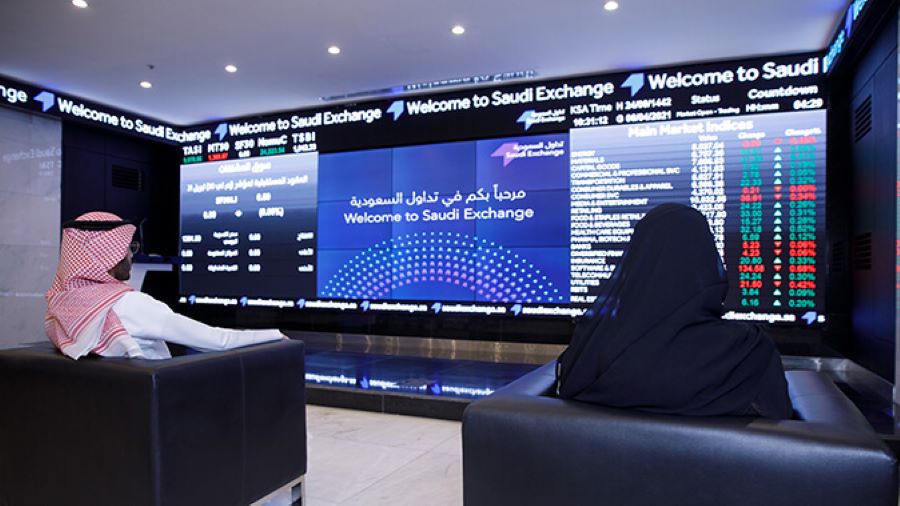
Global M&A Reaches $2.3 Trillion in 9M-2024
Global Mergers & Acquisitions (M&A) has risen 16% by value in the first nine months of this year, to reach $2.3 trillion, London Stock Exchange Group (LSEG), one of the world’s leading providers of financial markets infrastructure and delivers financial data, analytics, news and index products, said.
In its analysis published recently, LSEG said that the recovery followed two consecutive years of declines since the market peak of 2021. Entering the fourth quarter, the direction of travel remains positive, with the value of M&A in Q3 up 14% from the previous quarter, to surpass the $800 billion mark – the first three-month period to do so in nine straight quarters.
While the momentum is positive, the market remains top-heavy, with deals with ticket-sizes of $10 billion and more dominating the market. The aggregate value of such mega deals has increased by 34% so far this year.
By contrast, smaller deals of below $500 million fell by 8%, the third consecutive y-o-y decline and with a 20% decline in the number of deal announcements.
As a result, the total number of deals has run counter to the rising deal values, with announcements falling by a fifth year-on-year, to touch an eight-year low of 35,857 transactions. This mid-market retreat has affected all industrial sectors, with technology seeing the biggest fall, down 31% compared to the same period last year.
By contrast, from an aggregate value perspective, technology was up 29%, to tie with Energy & Power for 16% M&A market-share. Financials was the third largest sector, with large deals driving value up 33% to total $305 billion.
The trend towards larger deals is even true for private equity activity, which was up 40% by value to reach $548 billion (to account for 24% of total M&A) but that at the same time has declined by number of deals by 38%, as private equity’s mid-market hinterland feels the cold from a prolonged fundraising winter that has seen many mid-market firms failed to raise over the past year.
Polarised Capital Markets
The global recovery also masked significant regional variations, with the US continuing to drive the market. US M&A saw an 18% increase compared to the same period last year, to reach $1.1 trillion, accounting for almost half of the world-wide market.
Indeed, the largest ten deals were an all-US affair, with the exception of the largest – the jumbo $58 billion ‘friendly offer’ by Canada’s Alimentation Couch-Tard, the owner of Circle-K, for Japan’s 7-Eleven operator.
Meanwhile European M&A broke its recent downward trajectory to bounce back by 30% to a two-year high of $481 billion. By contrast, Asia-Pacific deals declined by 8% to $415 billion, the slowest nine-month period for the region since 2013.
Equity’s Modest Recovery
A more modest resurgence in equity capital markets has seen global issuance levels rise 8% in the first nine months of the year to reach $445 billion, the best performance for several years, although remaining significantly down on the COVID boom era. Similar to M&A markets, equity issuance was top-end loaded, with the number of offerings falling 3% to less than 3,500.
Again, regional differences were significant, with EMEA proceeds up by a quarter to $113 billion, the US proceeds up 47% to take 35% of the global market, while China ECM fell 62%. China’s IPO performance, down 81% on the year, also dampened global figures for stock-market flotations. By contrast, US stock exchange IPOs saw a renaissance, up 45% to raise $26 billion from IPOs.
Record Y-T-D for DCM
Global debt markets have risen 18% to the end of September, to reach $8.3 trillion, and the number of offerings also rose 9% to reach almost 25,000 offerings, an all-time record. The growth is broad-based, with all industry sectors enjoying year-on-year gains, led by double-digit growth from healthcare, media & entertainment and retail issuers.
The debt market’s trajectory remains positive, with the third quarter up 5% on Q2, making it the third strongest Q3 since records began in 1980.
Green bonds have also enjoyed a record year saw far, totalling $381 billion, up 8% from the same period last year, according to data from LSEG and the Climate Bonds Initiative. Meanwhile, high-yield issuance bounced back 86% following several quiet years, to raise $321 billion, but late summer saw the steam come off the market, with a 19% quarter-on-quarter decline in Q3.











